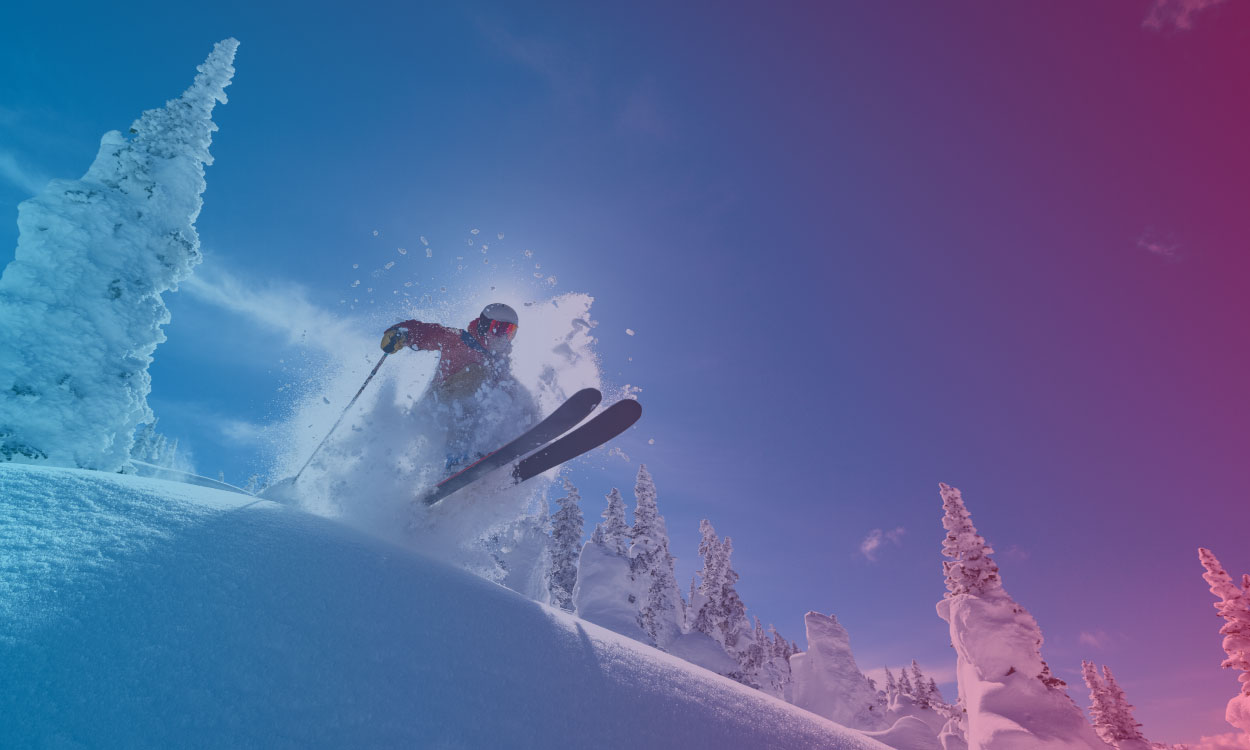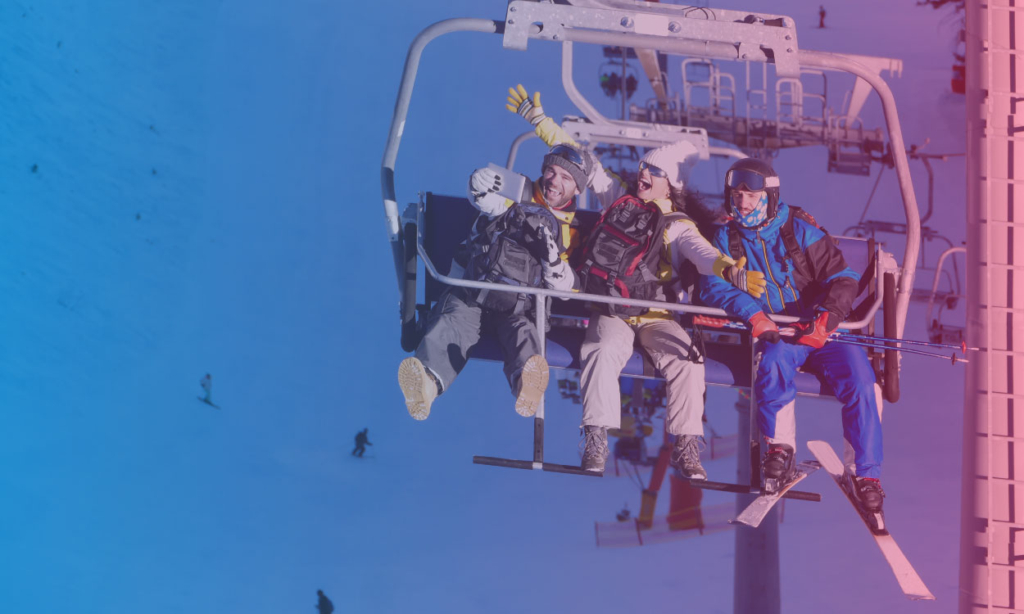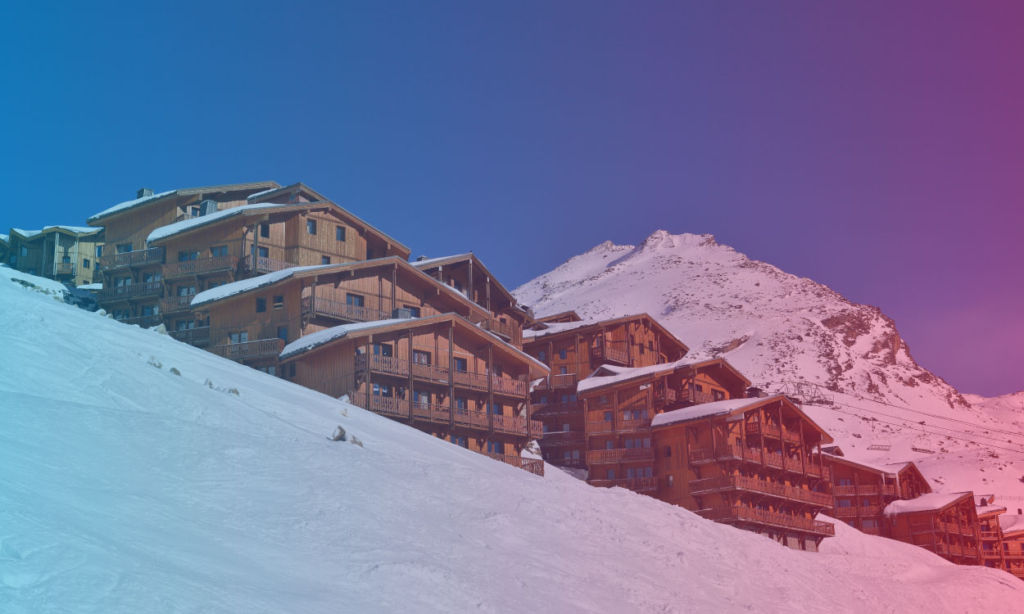How to Avoid Altitude Sickness While Skiing
If you’ve ever stepped off a plane in the Alps, taken a deep breath of the mountain air and then felt a little lightheaded, you’ve had a taste of what high altitude can do to the human body. Skiing holidays are all about adventures in the mountains, but for some people, the sudden change in elevation can result in altitude sickness.
Here at Alpine Fleet, we’re passionate about helping skiers enjoy stress-free journeys to the mountains, including private and shared transfers. No matter where in the Alps you’re visiting, we’ve put together this handy article to help you know how to prevent and manage altitude sickness.
Read on for more information…

What is altitude sickness?
Altitude sickness, also sometimes referred to as acute mountain sickness (AMS), is a condition that occurs when your body struggles to adjust to lower oxygen levels that are often found at higher elevations. Typically, this occurs at around 2,500 metres or more than 8,000 feet – a height that many mountain resorts are based at.
When you ascend too quickly, your body doesn’t have enough time to adapt. The air pressure drops, which means there’s less oxygen available with every breath. Usually, this will only cause minor discomfort, but some people suffer much more and in severe cases, it can even lead to nausea, dizziness and even dangerous complications.
Fortunately, altitude sickness can be avoided with proper awareness and preparation. If you plan ahead, there is no reason why you’ll have to suffer.
How do I know I have altitude sickness?
Symptoms of altitude sickness can appear anywhere from a few hours to a day after arriving at a higher altitude location. Altitude sickness varies in severity, but symptoms usually start off mild. Recognising the signs early is the best way to avoid more serious problems. Some of the most common symptoms of altitude sickness include:
- Headaches (this is the most common sign)
- Dizziness or light-headedness
- Nausea and vomiting
- Loss of appetite
- Shortness of breath
- Fatigue or unusual tiredness
- Difficulty sleeping
- Swelling of hands, feet and face
If you start experiencing any of these symptoms, it is important that you rest, hydrate and avoid further exertion. In most cases, symptoms improve within a day or two as your body adjusts, but this is not always the case.
If you suffer from confusion, chest tightness or severe shortness of breath, you should seek medical help immediately. In rare cases, these could be signs of more serious conditions like high-altitude pulmonary or cerebral edema.
How to avoid altitude sickness while skiing
The best treatment for altitude sickness is to prevent it from happening in the first place. By taking a few smart steps in advance, you can help your body adapt to higher elevations and make the most of your time out on the slopes.
Take it easy on the first day
While it might be tempting to race straight up the mountain on your first morning, you should try to resist this. Spend your first day skiing at lower altitudes rather than tackling the highest peaks. This should help your body get used to the higher elevation more gradually.
Eat light foods
Eating heavy or greasy meals can worsen some of your altitude sickness symptoms. Instead, you should opt for light, nutritious meals that are rich in complex carbohydrates that provide you with a steady source of energy. Some of the best foods to help you cope with altitude include:
- Whole grains, like quinoa, are high in iron and protein and help transport oxygen in your body.
- Fresh fruits and vegetables. Bananas are particularly potassium-rich and easy on the stomach.
- Soups and broths are great for hydration and can be digested easily.
- Oats give you lots of energy from complex carbohydrates.
- Garlic and ginger, which help with circulation and nausea
Avoid alcohol and caffeine for the first few days, as they can dehydrate your body and make symptoms worse.
Drink plenty of fluids
Hydration is always crucial when at altitude. The dry mountain air and physical exertion can cause you to lose water more quickly, so aim to drink at least three or four litres of water every day.
Get plenty of sleep
Good rest allows your body to recover and adapt. Try to maintain a regular sleep schedule, and if you’re struggling with altitude-related insomnia, avoid caffeine and alcohol and limit screen time before bed.
Use sunscreen and sunglasses
This might not seem directly related to altitude sickness, but it’s essential. UV radiation increases the higher you go, and sunburn can add unnecessary stress to your body, which makes altitude sickness worse.
Warm up before skiing
Your body needs time to adjust to the altitude, and injuries are more likely if you’re not prepared. With this in mind, spend some time warming up to improve circulation and also prevent fatigue or shortness of breath.
Listen to your body
If you start to feel dizzy, tired or short of breath, take a break straightaway. There’s no shame in slowing down or heading back to your accommodation if you feel unwell. Overexerting yourself can turn mild symptoms into something more serious.
What is ski sickness?
While altitude sickness is caused by oxygen deprivation at high elevations, ski sickness (also known as motion sickness) is slightly different. It’s a form of vertigo or motion-related nausea that can sometimes occur when skiing, as your eyes and inner ear send conflicting signals to your brain.
Ski sickness is common even among the most experienced skiers, but it is usually temporary. Taking regular breaks, focusing on the horizon and acclimatising gradually to the conditions are all ways to minimise the effects of ski sickness.
Travel Smart and Ski Strong with Alpine Fleet
Altitude and ski sickness can affect anyone from beginners to seasoned experts. But with the right preparation, you can minimise discomfort and ensure you fully enjoy your time in the mountains.
At Alpine Fleet, we offer private and shared transfers across the Alps, ensuring you always arrive relaxed and ready to hit the slopes. For more information, contact our team today.


